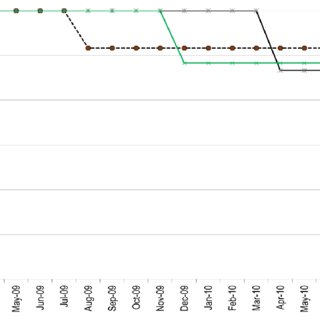Abstract and Figures
Overhunting of mammals may negatively affect plant populations though indirect impacts on mammal-plant interactions such as herbivory. In this paper, we examined how hunting of terrestrial mammals impacts the survival of seedlings and juveniles of the palm Astrocaryum gratum. To determine A. gratum seedling survivorship patterns, an experiment with seedlings in 25 × 250-m plots exclosures and different levels of mammal species presence was conducted:
all mammals, only Tayassu peccari potentially a major seedling predator and no animals excluded. More than 50,600 non-adults were measured for 27 months. We replicated these treatments in three forest categories: 1) no hunting, with an intact mammal community, 2) a lightly hunted region and 3) a heavily hunted area. Seedling survivorship under natural non-experimental conditions was highest in the heavily hunted (S(T) = 0.72), lower in moderate and lowest in unhunted forests. Experiments revealed that T. peccari was the main agent of palm seedling mortality and the most important factor determining seedling and juvenile survivorship, for example they caused the 84.61% deaths of the seedlings in unhunted forests. Thus, T. peccari feeding habits can influence forest dynamics and forest structure. T. peccari was also susceptible to hunting pressure and as the main seed and seedling predator in the system, its extinction should affect the survivorship and distribution of A. gratum in forests.
